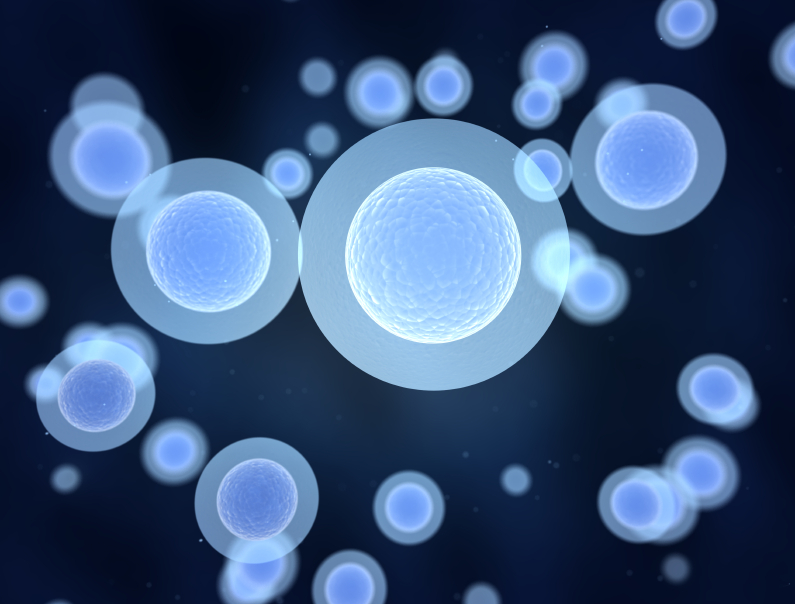Induced pluripotent stem cells (iPS) are one “of the most important tools in modern biomedical research”. To obtain them, an adult cell, for example a skin cell, has to be transformed into an undifferentiated cell. But current methods are long and ineffective. A study published on Thursday by an American team in Cell Reports describes a method that is apparently more effective.
“The cells undergoing reprogramming do not have to do so in a stepwise manner,” explained Zafirah Zaidan, one of the study’s lead authors. “A skin cell doesn’t have to completely give up being a skin cell before it can begin the journey to becoming a cardiac cell”. This is the main discovery of this team, whereas most scientists believed that reprogramming had to occur sequentially: first, deactivating genes encoding specific functions in the differentiated cell, and then activating differentiation into another type of cell.
The article describes combined laboratory and computational methods that lead to better completion of pluripotency, a faster process, and improved understanding of how cells are reprogrammed from one cell type to another.
Phys.org, Nolan Lendved (8/05/2019)

